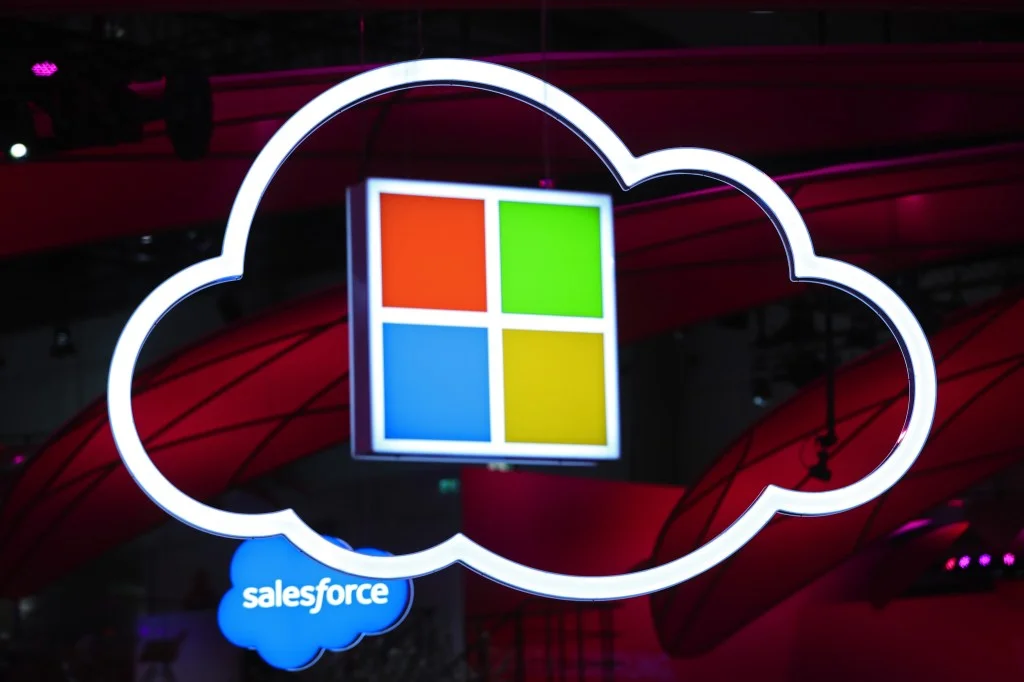
Microsoft Build 2025: AI Integration and the Agentic Web – What Apple Should Watch Out For
Microsoft's annual Build developer conference just wrapped up, and it was packed with AI advancements. While some features are deeply embedded in the Microsoft ecosystem, a few key highlights could significantly influence Apple's future AI strategy. Should Apple be paying attention? Absolutely.
#1: On-Device AI Models Through Edge
Microsoft is introducing new APIs that allow developers to access the 3.8-billion-parameter Phi-4 mini model directly within the Edge browser. This means websites and extensions can tap into AI capabilities, facilitating text generation, summarization, editing, and even translation. Microsoft explains that the AI APIs include the Prompt API for easy model prompting and Writing Assistance APIs for generating, summarizing, and editing text, which are available in the Edge Canary and Dev channels today. Soon, the Translator API will join this suite, enabling text translations .A PDF translation feature on Edge will allow users to easily convert documents into their preferred language. Imagine Safari with integrated AI for effortless content manipulation. This could be a game-changer for user experience.

#2: The Coding Agent and GitHub Copilot's Evolution
Last year, Apple teased Swift Assist as their answer to GitHub's Copilot. However, Swift Assist remains a promise, while GitHub Copilot has advanced significantly. Microsoft's new coding agent can be assigned issues on GitHub, clone repositories, log its reasoning process, and flag code for human review. While it cannot code an entire, complex app yet, this is the sort of stuff that lowers the barrier of entry for app development, which is what Apple has always said it was all about. Not only that, but this can shave off hours or even days of work for the most experienced developers.This feature could drastically lower the barrier to entry for app development, a longstanding goal for Apple.
#3: Model Context Protocol (MCP) Support
Microsoft is embracing Anthropic's MCP, setting a new industry standard for AI model interconnectivity. With this integration, AI agents will securely (according to Microsoft, that is) gain access to core Windows features like the file system, which will facilitate much more intuitive and automated functions within applications. This support will initially be released to selected developers, which is a good idea considering how badly it screwed up with the Windows Recall rollout.It will allow AI models to interact directly with systems and installed apps, potentially enabling more intuitive and automated functions. This is a potentially dangerous but promising move toward tighter AI integration with operating systems.
Furthermore, Microsoft introduced NLWeb, aiming to simplify the creation of natural language interfaces for websites. NLWeb leverages semi-structured formats like Schema.org, RSS and other data that websites already publish, combining them with LLM-powered tools to create natural language interfaces usable by both humans and AI agents. The NLWeb system enhances this structured data by incorporating external knowledge from the underlying LLMs (such as layering on geographic insights to a restaurant query) for richer user experiences.This open project could transform how websites interact with AI, enabling users to query content using natural language.
Microsoft CTO Kevin Scott discussed the future of search and the 'agentic web,' emphasizing the need for open protocols like MCP (Model Context Protocol) to enable seamless interaction between AI agents and websites. He highlighted that if you have a business and you want your business to be able to transact with users via their agent, that has to make good business sense in order for you to be willing for that to happen at all. You can’t just hack your way around that and expect it to be a durable thing. Even if you can temporarily figure out some kind of technical magic to get around the brittleness of the actual technology, you also have to get rid of the brittleness in the business model. He also touched upon the importance for brands to build an authentic relationship with people who might be interested in their products and services and have a way to curate that relationship. This signifies a possible shift towards a more decentralized and AI-driven web.
Will we see similar announcements at WWDC 2025? What kind of AI support do developers crave on Apple's operating systems? The moves Microsoft is making could set a new benchmark for what users expect from their devices. It’s time for Apple to show its hand.
What do you think? Share your thoughts in the comments below!